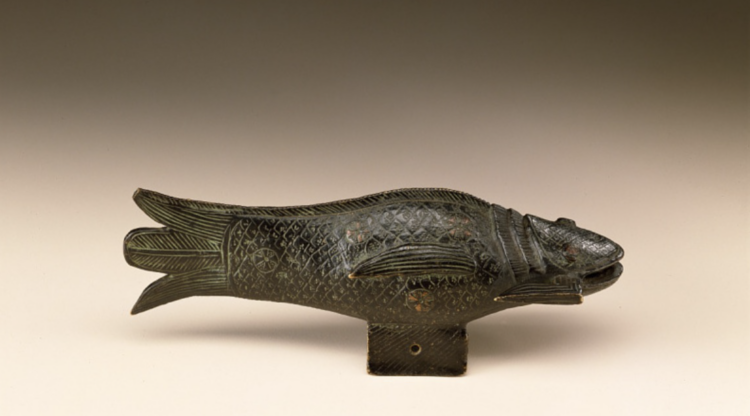The Smithsonian Institution adopted a new policy on Tuesday that authorized its constituent museums to return items from their collections looted or acquired unethically.
According to the New York Times, the policy took effect on Friday, and the institution leaders said the move would no longer allow it or other museums who believed they held legal rights to own the items.
“My goal was very simple: Smithsonian will be the place people point to, to say ‘This is how we should share our collections and think about ethical returns,’” Lonnie G. Bunch III, the secretary of the Smithsonian Institution, said in an interview. “The Smithsonian is this amazing wonder — this gift not just to the country but to the world. It’s really important that we provide leadership.”
In recent years, conversations about racism and reparations concerning colonialism have increased across the nation, prompting cultural centers to call for the stolen artifacts to be returned to their owners.
The Smithsonian — which includes 21 museums and the National Zoo — will acknowledge that the norms and best art-collecting practices have changed, expecting other museums to be aligned with the new policy.
Last year, the institution started the process by returning a gold disc featuring the shield of the city of Cusco to the Ministry of Culture in Peru. And now, they’re preparing to return 39 Benin Bronzes to Nigeria after they were stolen during the British raid in 1897.
“No one ever expects everything to be taken away,” Bunch said.
“But I think it’s important to recognize that museums need to share authority,” he continued. “As you’re looking at returning materials, part of the conversation might be that the best place for materials might be in the museum.”
While the museum plans to return the items, the policy will fall under broader “collections management” rules tailored to each Smithsonian museum, officials said.
Officials said the rule would not call for reviewing the institution’s 157 million objects in its inventory.
“The notion is to say, when we’re doing exhibitions, when we’re bringing in new collections, let us look at it through an ethical lens,” Bunch said. “Or, of course, if we hear from nations or communities about things, that will also trigger the kinds of research that will really allow us to make decisions about where is the best place for those collections.”
Dan Hicks, an archaeology professor at the University of Oxford and author of “The British Museums: The Benin Bronzes, Colonial Violence and Cultural Restitution,” told Smithsonian Magazine in March that he “can’t underline how significant it is that arguably the leading United States museum for anthropology and for world culture has made this bold but also thoughtful and ethically driven move.” He says it offers “a beacon of hope and light” for communities throughout Africa, “who for decades have been demanding these returns.”
Hicks praised the museum for restoring ethical procedures regarding collected items while stating that over 10,000 pieces looted in 1897 were housed in 160 museums, including 45 in the U.S., 43 in the U.K., and 24 in Germany.
https://twitter.com/profdanhicks/status/1501263866218496001









